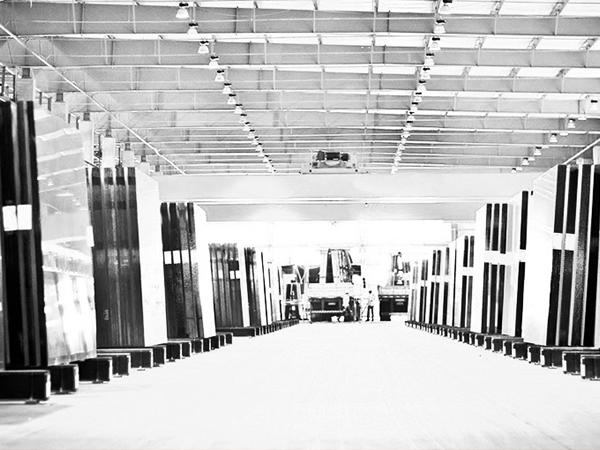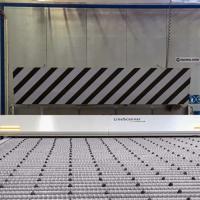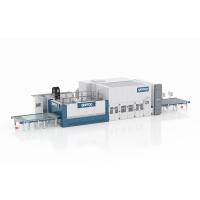
Date: 17 May 2019
These two consultations pursue to objectives: first, to inform the European Commission on the impact of the existing system of compensation to certain industrial actors for the indirect costs passed through electricity bills by electricity providers and, second, to collect stakeholders views on a possible reform of the system for the period 2021-2030.
At present, the flat glass manufacturing sector is not eligible for such compensation whereas it is consuming vast amounts of electricity in relation to production and subsequently it bears substantial additional costs.
Glass for Europe responded to both the generic consultation and to the consultation targeted to industrial sectors possibly eligible for compensation respectively on May 15 and April 9.
In its response to the targeted consultation, Glass for Europe has put forward all evidences to demonstrate that the flat glass sector is exposed to risks of carbon leakage due to indirect costs and therefore to argue that it should be eligible for compensation in the next phase of the EU ETS. This response is substantiated by extensive industry data, which requires confidentiality. In its response to the generic consultation, Glass for Europe provides its views on success criteria for a new compensation mechanism and on its possible functioning.
Glass for Europe is keen to engage with decision-makers and stakeholders to make sure that the flat glass sector is properly protected against the risk of carbon leakage due to indirect costs in the near future.
 600450
600450











Add new comment